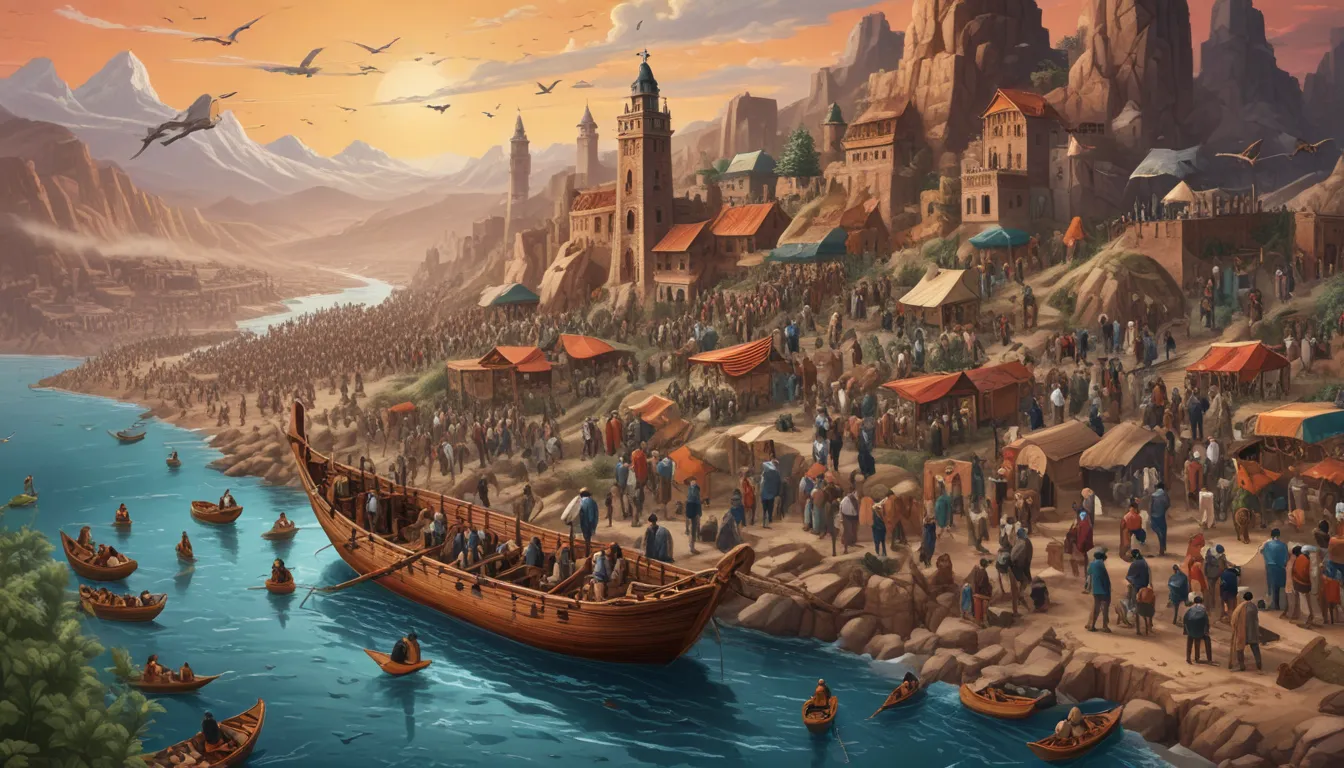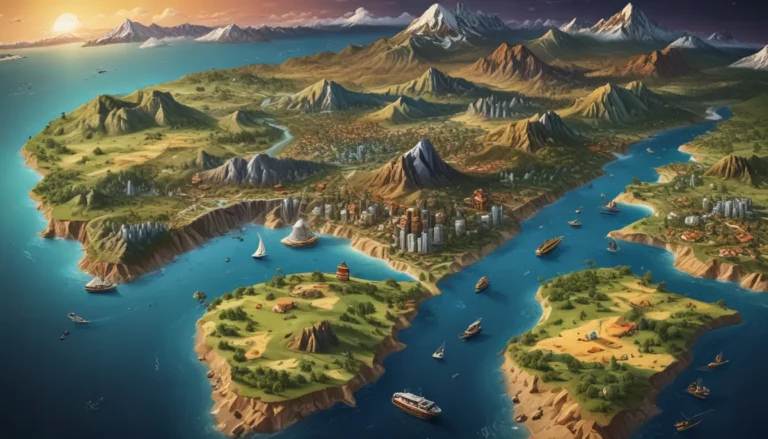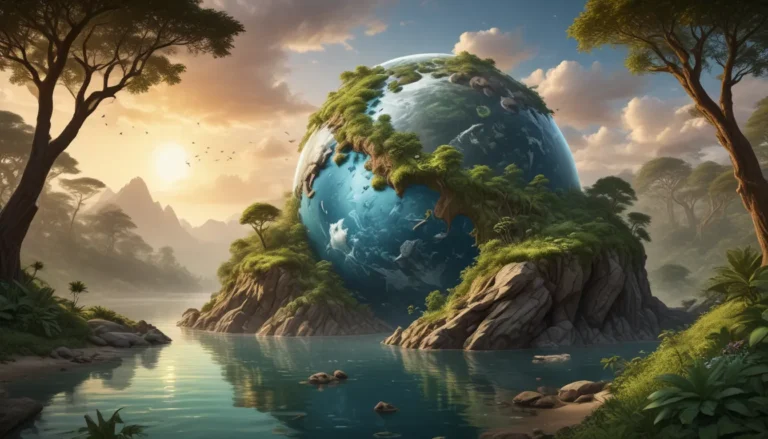A Note About Images: The images used in our articles are for illustration purposes only and may not exactly match the content. They are meant to engage readers, but the text should be relied upon for accurate information.
Migration and immigration policies are fundamental topics that shape societies and economies worldwide. Understanding the intricacies and impacts of these policies is essential in today’s interconnected world. In this article, we will delve into eight mind-blowing facts about migration and immigration policies, shedding light on their significance and consequences.
Key Takeaways:
- Immigration policies influence a country’s demographics, economy, and innovation, posing a challenge for policymakers in balancing national interests and inclusivity.
- Migration policies can lead to brain drain, impacting a nation’s development and societal fabric.
- Immigration policies spark political debates and controversies, touching on issues of national security, cultural integration, and economic impact.
- Migration policies are influenced by geopolitical considerations, such as regional stability and international relations.
- Well-crafted immigration policies foster cultural diversity within a nation, enriching its societal fabric.
- Migration policies can address global inequalities by providing opportunities for individuals from economically disadvantaged countries.
- Immigration policies have evolved throughout history, reflecting shifts in societal attitudes and values.
Migration and Immigration Policies Shape National Demographics
Migration and immigration policies play a crucial role in shaping the demographics of a nation. These policies determine who can enter a country and under what conditions, influencing the size and composition of the population. By regulating the movement of people across borders, governments can shape the cultural and ethnic makeup of their country.
Immigration Policies Impact Economic Growth
Immigration policies have a significant impact on economic growth. Immigrants often contribute to a country’s economy by filling labor gaps, starting businesses, and driving innovation. By attracting skilled individuals from around the world, countries can experience increased productivity and economic prosperity. A balance must be struck between attracting talent and addressing concerns about job competition.
Migration Policies Can Lead to Brain Drain
Brain drain, the emigration of highly skilled individuals seeking better opportunities, can result from migration policies that are too restrictive or unfavorable. This loss of human capital can hinder a country’s development and growth potential. Policymakers must consider how to attract and retain talent while addressing brain drain concerns.
Immigration Policies Are Subject to Political Debates and Controversies
Immigration policies often spark political debates and controversies, with differing perspectives on issues like national security and cultural integration. Balancing national interests with inclusivity and diversity is a complex challenge for policymakers. The discourse around immigration policies reflects broader societal values and beliefs.
Migration Policies Can Be Motivated by Geopolitical Considerations
Geopolitical factors such as regional stability, international relations, and security concerns can influence migration policies. Governments may implement immigration restrictions or support refugee resettlement programs based on these considerations. Finding a balance between humanitarian concerns and national interests is essential in shaping migration policies.
Immigration Policies Can Foster Cultural Diversity
Well-crafted immigration policies can contribute to cultural diversity within a nation by welcoming immigrants with diverse traditions, languages, and perspectives. Embracing diversity can enrich the societal fabric and promote a more inclusive and vibrant society. Celebrating cultural differences can lead to a stronger sense of community and understanding.
Migration Policies Can Address Global Inequalities
Migration policies can serve as tools to address global inequalities by providing opportunities for individuals from economically disadvantaged countries to seek a better life. By creating pathways for migration and offering humanitarian assistance, countries can contribute to reducing disparities and improving lives globally. Tackling global inequalities is a humanitarian imperative that can benefit both immigrants and host countries.
Immigration Policies Have Evolved Throughout History
Immigration policies have evolved over time in response to changing social, economic, and political climates. From strict quotas and exclusions to more inclusive and diversity-oriented approaches, these policies reflect societal shifts in attitudes and values. Understanding the historical context of immigration policies is essential to navigating the complexities of the current landscape.
Frequently Asked Questions
-
What is the difference between migration and immigration?
Migration refers to the movement of people within a country or across borders, while immigration specifically involves individuals moving to a new country to establish permanent residence. -
What are some common reasons for migration?
Common reasons for migration include seeking economic opportunities, better living conditions, refuge from conflict or persecution, joining family members, and pursuing education. -
How do countries determine who is allowed to immigrate?
Countries use criteria such as skill-based selection, family reunification, humanitarian grounds, and refugee resettlement programs to determine who is allowed to immigrate. -
What are the benefits of immigration?
Immigration can fill labor market gaps, drive economic growth, enhance cultural diversity, and promote innovation and entrepreneurship. -
How does immigration impact native-born populations?
The impact of immigration on native-born populations can vary depending on factors such as skill levels of immigrants, labor market conditions, and integration policies. Immigration can lead to job competition or stimulate economic growth and cultural enrichment. -
How do migration policies vary across countries?
Migration policies vary based on economic conditions, geopolitical factors, historical ties, and societal attitudes towards immigration. Some countries have open immigration policies, while others have stricter regulations. -
What is the role of international organizations in migration and immigration policies?
International organizations play a crucial role in shaping migration policies by providing guidance, fostering cooperation among nations, and advocating for the protection of migrants’ rights. -
What are the challenges associated with immigration policies?
Challenges associated with immigration policies include integrating immigrants into host societies, managing public services, addressing security concerns, and preventing exploitation or marginalization of vulnerable populations.
In conclusion, migration and immigration policies are multifaceted topics that shape societies, economies, and cultures globally. Understanding the complexities and impacts of these policies is essential for informed discussions and decision-making. By exploring the facts and dynamics surrounding migration and immigration policies, we can foster a more inclusive and globally aware society that values diversity and addresses the concerns of all individuals affected by these policies. Let’s continue to explore, learn, and embrace the diversity that migration brings to our world.






